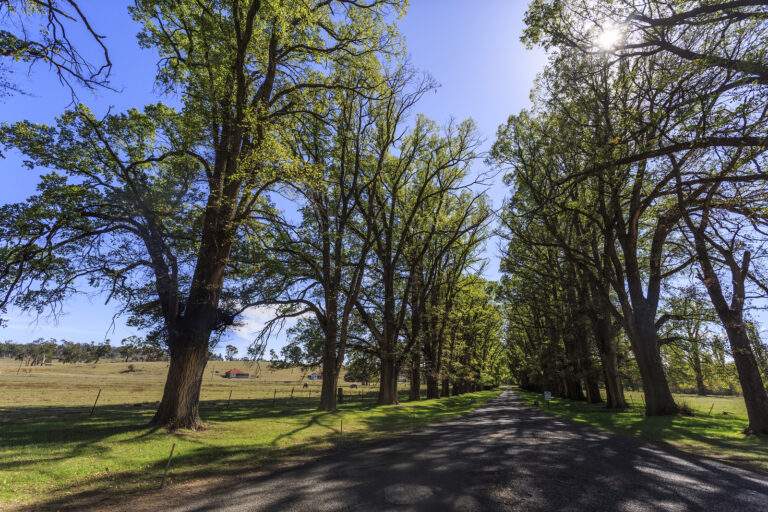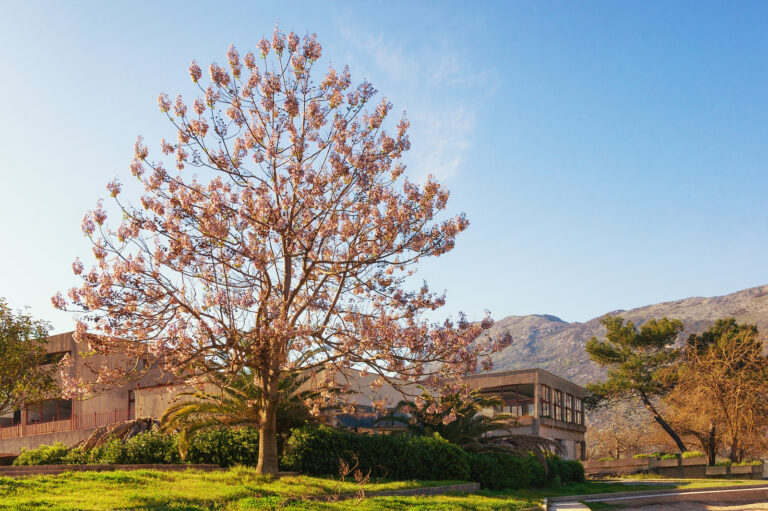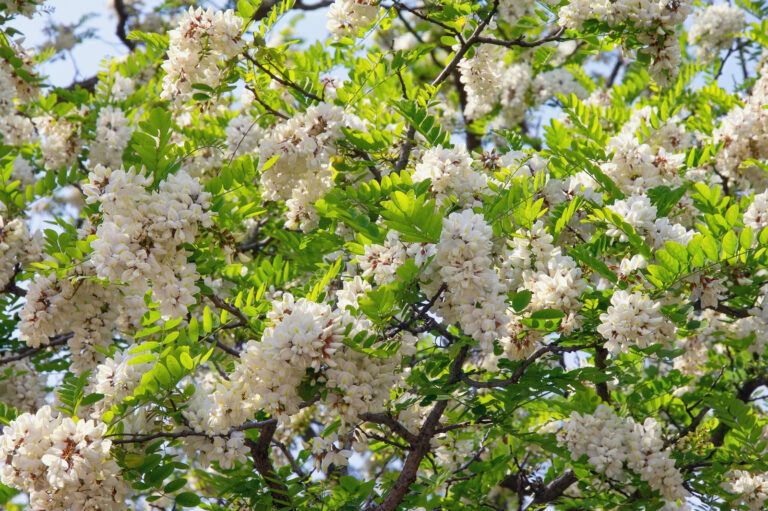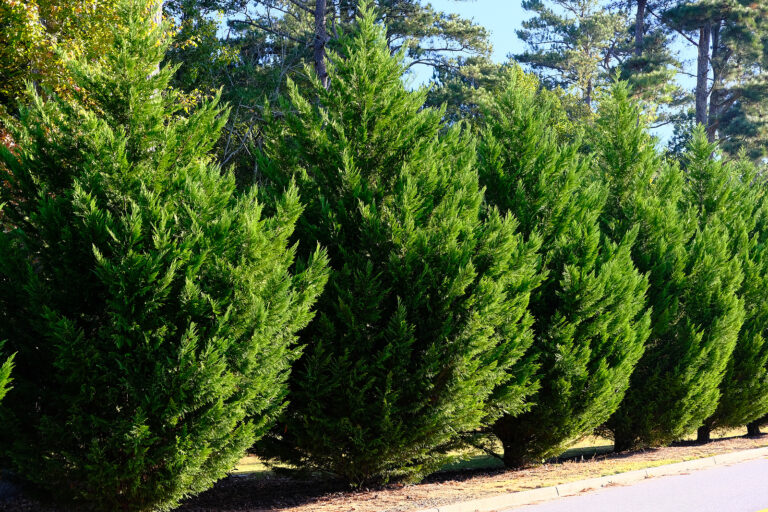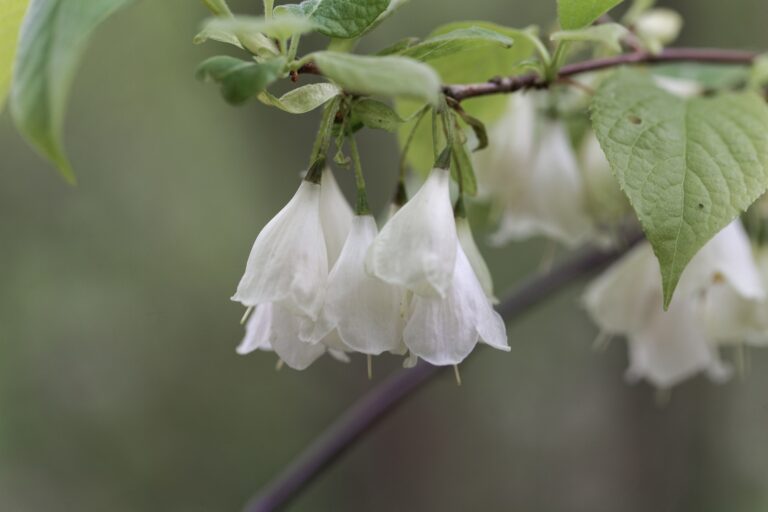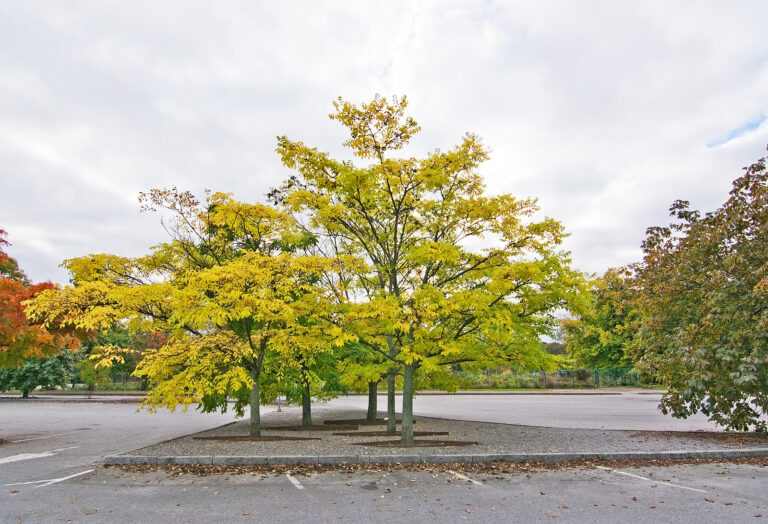How to Grow Pistache – Pistacia
Pistacia — commonly called Pistache — is a deciduous tree grown for its upright rounded form, drought tolerance, and color. Pistacia is a spreading deciduous tree with leathery, glossy, dark green leaflets in summer. The leaflets turn yellow and then a brilliant red in autumn. In spring Pistacia bears aromatic green to red flowers.
Pistacia is a genus of 11 rounded to upright deciduous and evergreen trees. Most often grown in gardens and along streets is the Chinese Pistache (Pistacia chinensis). Chinese Pistache can grow to 50 feet (15m) tall and 30 feet (10m) wide. They can be grown as specimens trees, patio and garden trees, and street trees. They thrive in coastal conditions and are drought tolerant.
Pistacia should be staked early and pruned in the first few years to develop a head high enough to walk under.
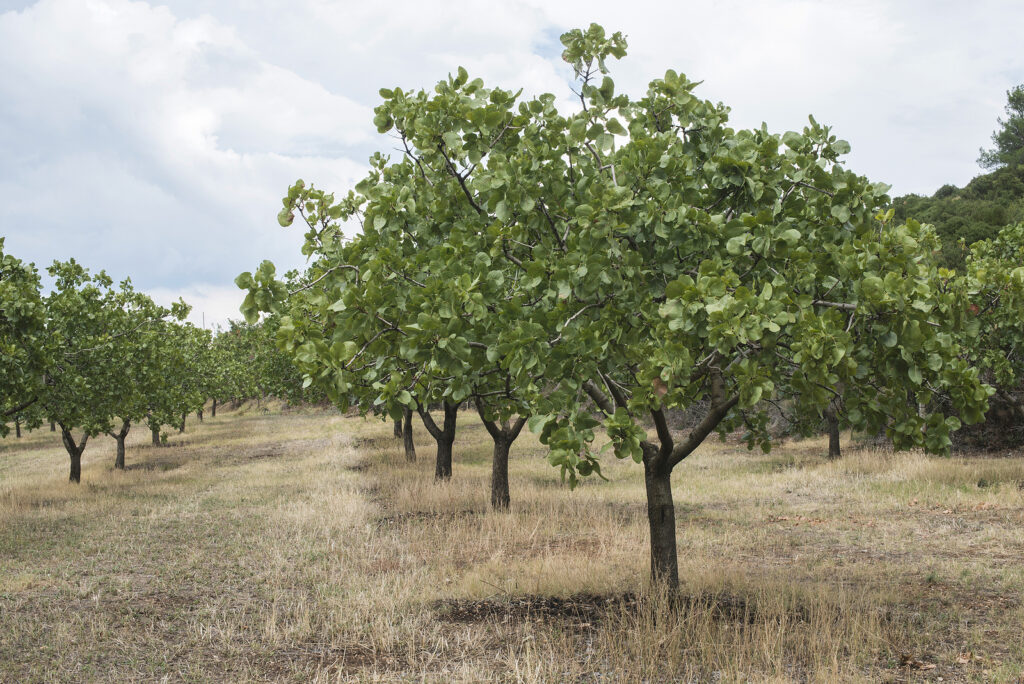
Get to know Pistacia
- Plant type: Deciduous tree
- Growing zones and range: Zones 6 to 9
- Hardiness: Hardy to Zone 6
- Height and width: 30-60 feet (9-18m) with equal spread
- Growth rate: Moderate
- Form and habit: Rounded to upright
- Foliage: 12-16 inch (30.5-40.6cm) alternate leaves made up of 10 or more slender shiny leaflets, each 2-4 inches (5.1-10.2cm) long, are bright green in summer but take on handsome tones of orange and red in fall; usually pinnate, occasionally ternate or simple
- Flowers: Inconspicuous male and female flowers grow on separate trees, are mostly mid-green and appear in usually axillary racemes or panicles
- Fruits: If both sexes are present, female plants produce 6 inch (15.2cm) long clusters of .3 inch (.8cm) nutlike but inedible red fruit that turn purplish when ripe in fall
- Bloom time: Summer
- Uses: Street, lawn, patio, shade, or garden
- Garden companions:
- Common name: Pistache
- Botanical name: Pistacia
- Family name: Anarcardiaceae
- Origin: Southwest, Florida, the Gulf Coast, Mediterranean, Central Asia to Japan, Malaysia, and Mexico
Where to plant Pistacia
- Plant Pistacia in full sun; very tolerant to drought.
- Plant Pistacia in moist, moderately fertile, well-drained, acid or alkaline soil; plants are tolerant to many types of soil, including alkaline types.
When to plant Pistacia
- Sow seed at 77°F (25°C) in early spring.
Planting and spacing Pistacia
- Plant Pistacia 30-60 feet (9-18m) apart.
How to water and feed Pistacia
- Give Pistacia moderate water.
- Feed Pistacia with an all-purpose organic fertilizer in spring
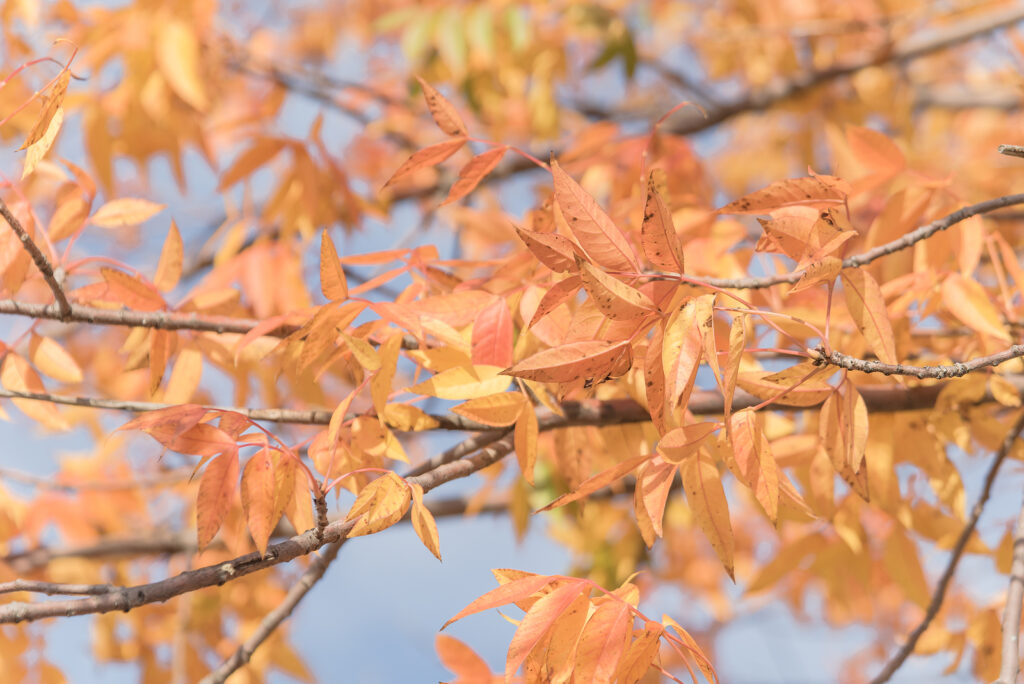
How to care for Pistacia
- Stake young Pistacia and prune for the first few years to develop a head high enough to walk under.
- Although female Pistacia plants produce fruit if both sexes are present, male plants are preferable because they have denser foliage.
Pistacia pests and diseases
- Pistacia are usually pest free, however, where verticillium wilt is present, minimize risk by providing good drainage and by watering as little as possible during dry periods.
- Root rot and scale insects also occur.
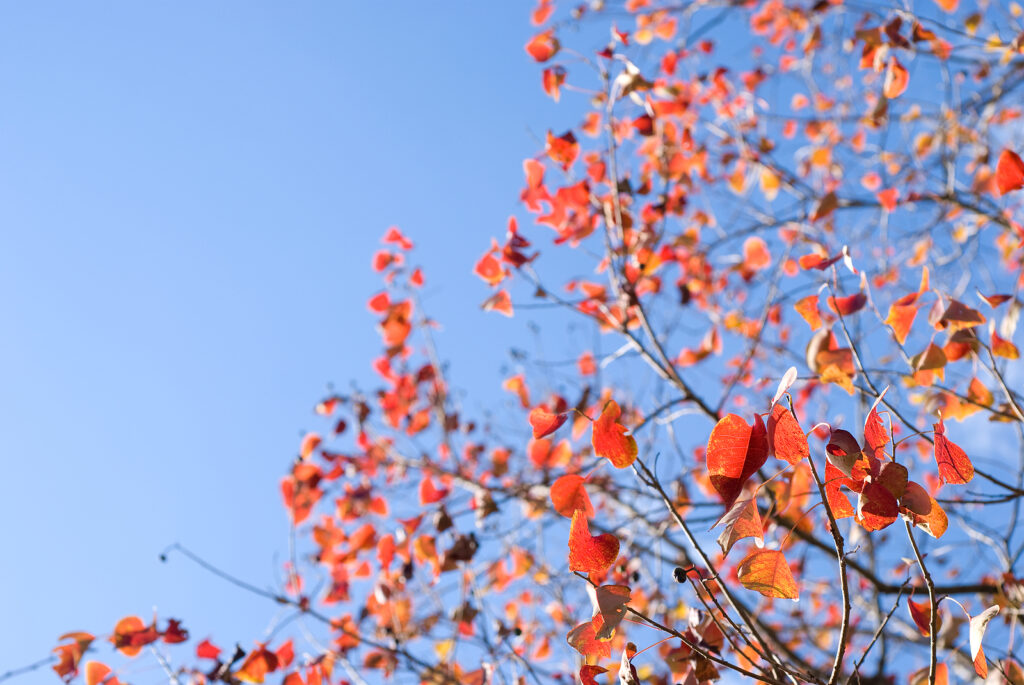
Pistacia propagation
- Take greenwood cuttings in late spring or early summer, or semi-ripe cuttings in summer.
Pistacia varieties to grow
- Pistacia chinensis, Chinese pistache, Chinese pistachio, native to China. Slow to moderate growth 30-60 feet (9-18m) tall, with nearly equal spread. Young trees often gawky an lopsided, but older ones become dense and shapely if given reasonable care. Foot-long (.3m) leaves consist of 10-16 paired dark green leaflets, each 2-4 inches (5.1-10.2cm) long, .8 inch (2cm) wide. Good fall color even in mild climates: foliage turns luminous orange to red (sometimes shades of yellow). Only tree to color scarlet in the desert. Trees are either male or female; if the two sexes are grown near each other, the female will bear clusters of small red fruits that ripen to blue black. Zones 6 to 9.


